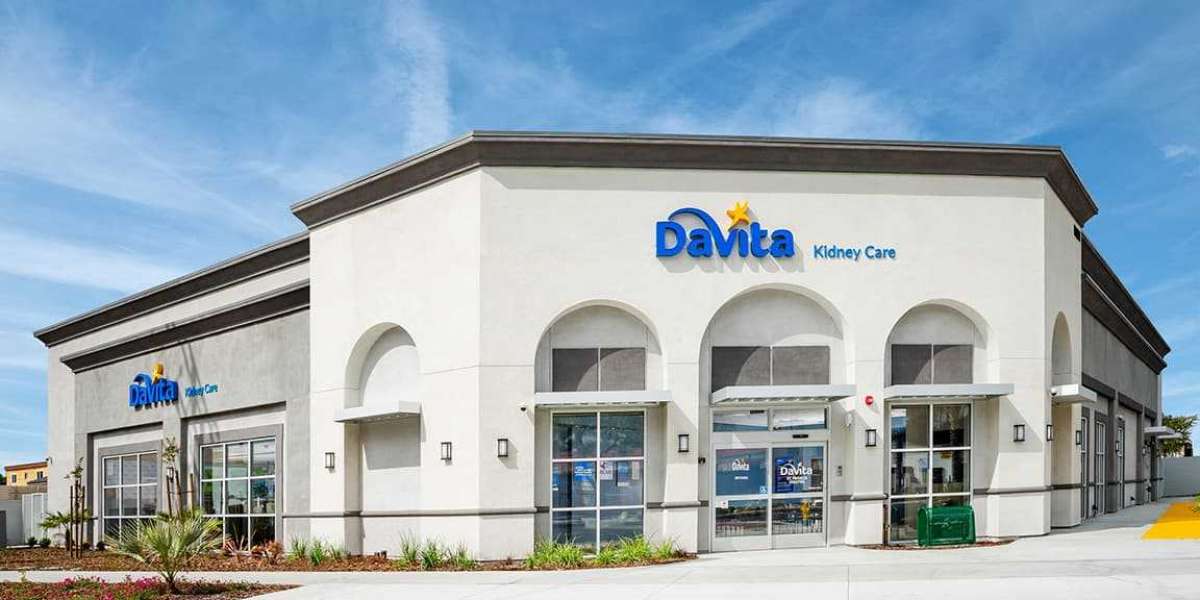In recent years, the healthcare sector has undergone significant transformations, particularly in the realm of real estate. As the demand for specialized medical services continues to rise, the need for strategically located healthcare facilities has become more pronounced. Among these specialized services, dialysis centers play a crucial role in providing essential care to patients with chronic kidney disease. This article will explore the evolving dynamics of Davita Dialysis real estate, focusing on the factors driving the growth of dialysis centers and the implications for future developments.
The Rising Demand for Dialysis Services
The increasing prevalence of chronic kidney disease (CKD) has led to a heightened demand for dialysis services across the country. Factors such as an aging population, the rise of diabetes and hypertension, and lifestyle choices contribute to the growing incidence of kidney-related ailments. As a result, healthcare providers are responding by expanding their offerings and establishing more dialysis centers to meet the needs of patients.
This demand is particularly evident in urban areas, where population density creates a larger patient base in need of regular treatment. Dialysis is a life-sustaining therapy that requires patients to visit treatment centers multiple times a week. Consequently, the accessibility of these facilities is paramount. Healthcare providers are increasingly focused on securing real estate in locations that are convenient for patients, ensuring that they can receive the care they need without unnecessary travel burdens.
The Importance of Location in Healthcare Real Estate
Location remains a critical factor in the success of dialysis centers. The ideal site is one that balances accessibility, visibility, and proximity to other healthcare services. Dialysis centers are often strategically placed near hospitals, primary care offices, and other medical facilities to create a comprehensive care network for patients. This interconnectedness facilitates referrals and enhances patient care continuity.
Moreover, accessibility is a key consideration in site selection. Dialysis centers must be located in areas that are easily reachable by public transportation or have ample parking for patients and caregivers. In densely populated urban areas, this often means finding spaces that can accommodate the influx of patients while also providing a comfortable environment for those undergoing treatment.
As healthcare providers seek to expand their reach, they are also exploring opportunities in suburban and rural areas. These regions may have underserved populations that require access to dialysis services. By establishing facilities in these locations, healthcare providers can address gaps in service delivery and improve health outcomes for patients who might otherwise face significant barriers to care.
Innovations in Dialysis Center Design
The design of dialysis centers has evolved to enhance the patient experience and improve operational efficiency. Modern facilities are not merely clinical spaces; they are designed to create a welcoming environment for patients undergoing treatment. This includes incorporating natural light, comfortable seating, and amenities that help alleviate the stress associated with frequent medical visits.
In addition to aesthetic considerations, the layout of dialysis centers is critical for optimizing workflow and patient safety. Facilities are designed to facilitate efficient patient flow, minimizing wait times and ensuring that staff can provide timely care. The integration of technology is also a significant trend in dialysis center design. Many modern facilities employ electronic health records (EHR) systems that streamline patient management and enhance communication between healthcare providers.
Furthermore, as the focus on patient-centered care continues to grow, dialysis centers are increasingly adopting holistic approaches to treatment. This can include providing educational resources for patients and their families, offering nutritional counseling, and creating spaces for social interaction among patients. By fostering a supportive community environment, dialysis centers can enhance patient satisfaction and engagement in their care.
Addressing Regulatory and Market Challenges
While the demand for dialysis services continues to grow, the healthcare real estate sector faces various challenges that must be navigated carefully. Regulatory compliance is a significant factor in the establishment and operation of dialysis centers. Healthcare providers must adhere to strict regulations set forth by federal and state agencies, which can affect everything from facility design to staffing requirements.
Additionally, competition within the healthcare sector is intensifying. As more providers recognize the potential of the dialysis market, the landscape is becoming increasingly crowded. To stand out, dialysis centers must differentiate themselves through quality of care, patient experience, and innovative service offerings. This may involve developing partnerships with other healthcare organizations to create comprehensive care models that address the diverse needs of patients.
Market fluctuations can also impact the availability and pricing of real estate suitable for dialysis centers. As demand for healthcare properties increases, competition for prime locations can drive up costs. Providers must be strategic in their site selection and financing options to ensure they can secure the best possible locations without compromising their financial sustainability.
Conclusion: The Future of Dialysis Center Real Estate
The landscape of healthcare real estate is rapidly evolving, driven by the increasing demand for specialized services such as dialysis. As healthcare providers work to meet the needs of a growing patient population, the importance of strategic location, innovative design, and regulatory compliance cannot be overstated. Dialysis centers are poised to play a vital role in the healthcare continuum, ensuring that patients receive the care they need in accessible and welcoming environments.
For more insights into the trends and developments shaping healthcare real estate, visit NNN Trends by Equity CRE. The future of dialysis center real estate is bright, with ample opportunities for growth and innovation in an ever-changing healthcare landscape.







